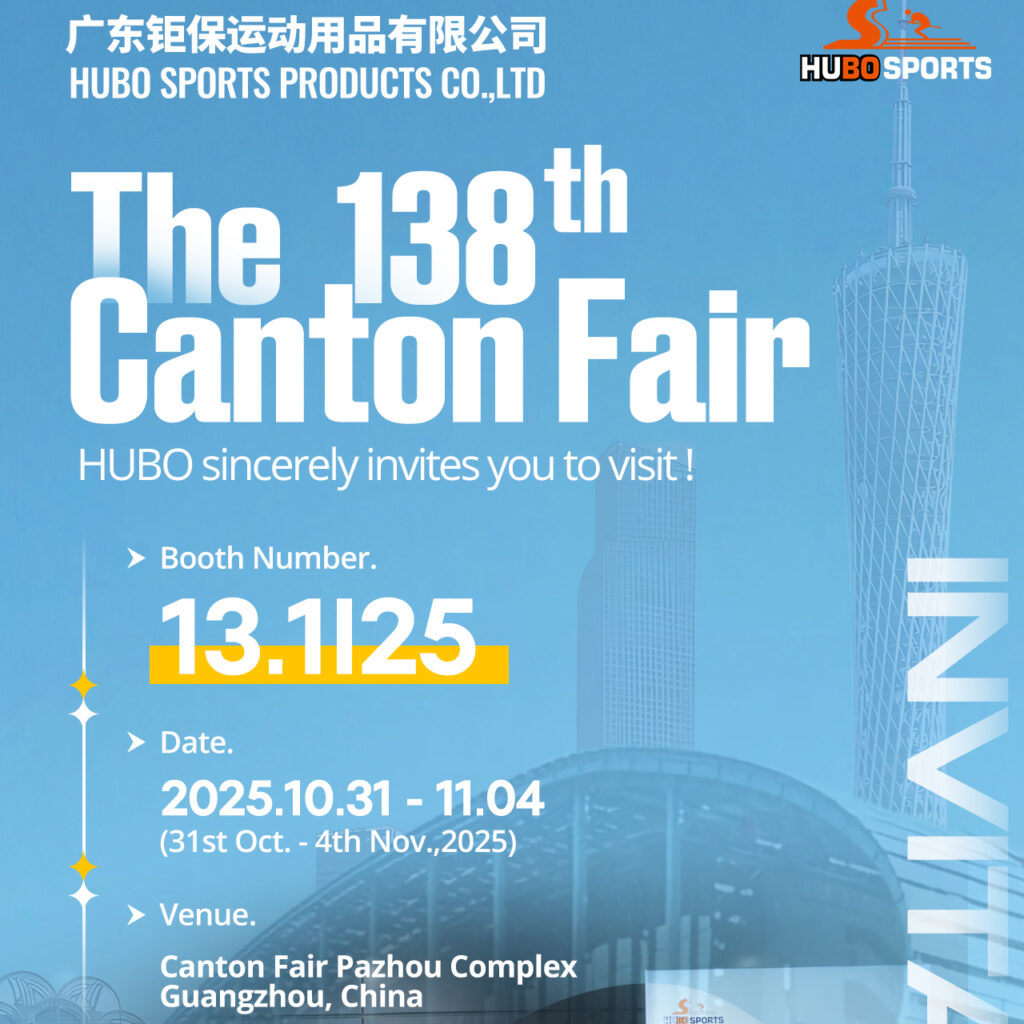A “Tecnologia Dinâmica de Proteção Ocular” para Esportes ao Ar Livre
Quando a tecnologia encontra o esporte
A Fusão de Fotocrômico e Anti-Ghosting
A tecnologia fotocrômica (lentes adaptáveis à luz) transformou os óculos esportivos de equipamentos básicos de proteção em "sistemas ópticos inteligentes". Ao usar moléculas de haleto de prata ou corantes orgânicos nas lentes, esses óculos ajustam dinamicamente a profundidade da tonalidade sob exposição aos raios UV.
A tecnologia anti-ghosting utiliza revestimentos de alto contraste, design de lente de dupla curvatura e otimização óptica multicamadas para eliminar imagens duplas visuais causadas pela refração da luz e pelo brilho intenso durante movimentos em alta velocidade. Juntas, essas inovações se adaptam às mudanças nas condições de iluminação, proporcionando uma visão precisa.
Tomemos como exemplo o ciclismo: quando a luz do sol surge repentinamente através das nuvens, as lentes escurecem instantaneamente para bloquear o brilho intenso; em túneis ou áreas sombreadas, elas clareiam rapidamente para manter a visibilidade. Além disso, o design anti-ghosting garante que os ciclistas identifiquem claramente os obstáculos em terrenos irregulares, aumentando o tempo de reação.

Tech Breakdown
Como funciona a dupla proteção “Fotocrômica + Anti-Ghosting”
Tecnologia Fotocrômica Essencial
Tonalidade em massa vs. tonalidade de camada superficial: Lentes com tonalidade em massa (ideais para prescrições baixas) mudam de cor por completo, enquanto a tonalidade da camada superficial (por meio de revestimento) oferece melhor uniformidade para prescrições altas.
Três soluções anti-ghosting
Tecnologia de alto contraste VIV20: Melhora a saturação de cor e o contraste para reduzir a dispersão de luz (por exemplo, óculos de ciclismo KISOU ATR).
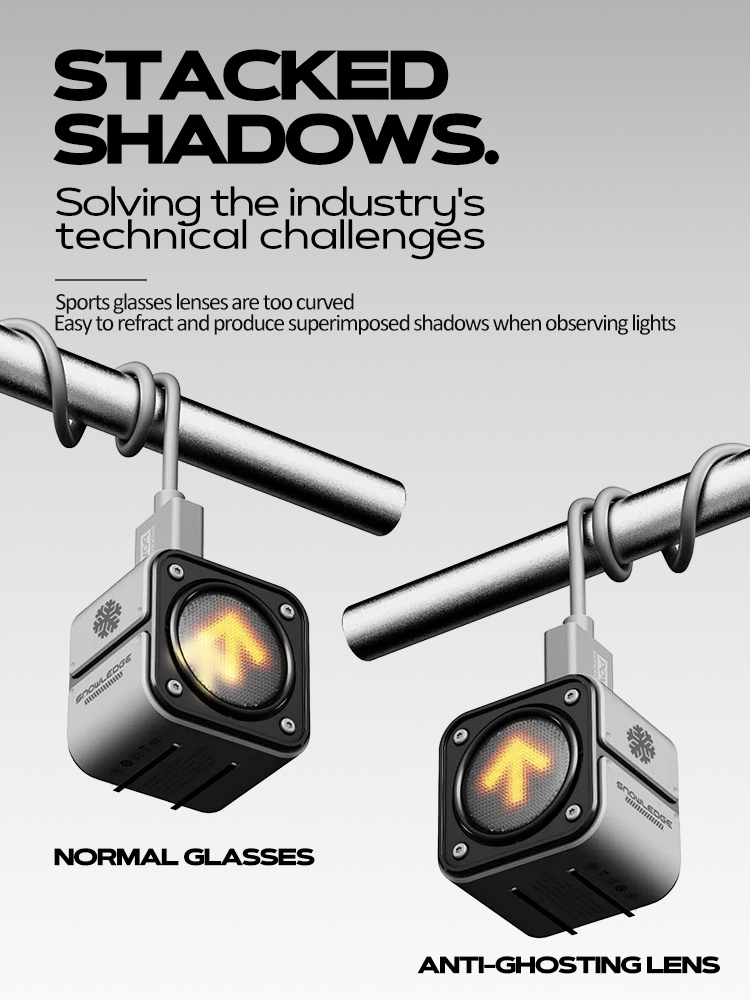
Velocidade de transição e transmissão de luz: Lentes premium como a MageShine ROULEUR utilizam tecnologia fotocrômica baseada em revestimento, mantendo a transmissão de luz 12-14%. A profundidade da tonalidade varia com a intensidade UV, e o desbotamento em ambientes internos é rápido.
- Lentes 3D de dupla curvatura: Expanda o campo de visão e minimize a distorção das bordas.
- Revestimento antirreflexo: Corta reflexos internos/externos para evitar interferência de ofuscamento.
Guia do comprador
Regras de ouro para entusiastas do esporte
1. Combine o tipo de lente com o seu esporte
- Lentes Cinza: Ideal para condições de muita luz (ciclismo de estrada, montanhismo), preservando as cores reais.
- Lentes âmbar: Aumente o contraste em situações de neblina ou pouca luz (por exemplo, caminhadas em florestas).
- Lentes fotocrômicas revestidas: Como o MageShine ROULEUR, para adaptabilidade durante todo o dia.
2. Especificações principais a serem priorizadas
- Proteção UV400: O bloqueio de UV 100% não é negociável.
- Material da estrutura: TR90 ou policarbonato para durabilidade leve (por exemplo, design sem aro Gator).
- Ajuste de ajuste: Recursos como os ajustes de três estágios nas hastes/almofadas nasais do KISOU ATR evitam deslizamentos.
3. Melhores escolhas por orçamento
Decathlon XC RACE
Óculos de sol Giro Stark
Oakley Sutro Lite
$129.9
- Material leve (28g)
- Tratamento de revestimento antiembaçante
- Equipado com um conjunto de lentes duplas (número 0/3)
$87.47~124.95
- Óptica da ZEISS®
- Revestimento antirreflexo
- Design antiderrapante de silicone Megol para apoio nasal e hastes, mantém a estabilidade em ambientes úmidos
$194~214
- O design de meia estrutura reduz o peso (33g)
- Sistema de lentes substituíveis
- O design das hastes de mola melhora o ajuste e a almofada nasal antiderrapante de borracha aumenta a estabilidade
Outra opção:
Fabricantes de artigos esportivos Hubo
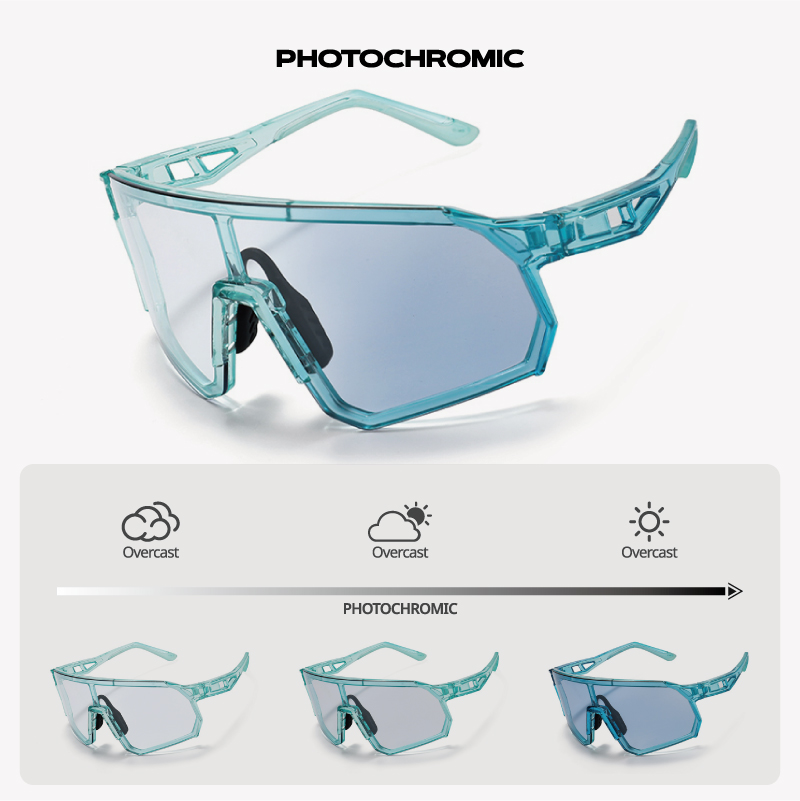
$7,9~20(MOQ≥300)
- Modo próprio, quadro TR90
- Lente de PC fotocrômica com revestimento multicolorido
- Peso leve (33g)
Testes no mundo real
- Transição de matiz: As lentes escurecem para âmbar em 5 segundos sob luz solar direta e desbotam novamente em 20 segundos em ambientes internos.
- Desempenho anti-ghosting: Efeitos de halo reduzidos de postes de luz e faróis de carros durante viagens noturnas; as marcações rodoviárias não apresentaram nenhuma imagem dupla.
- Conforto: Armação ultraleve de 28 gramas com hastes de borracha TPR que permanecem seguras durante corridas intensas.
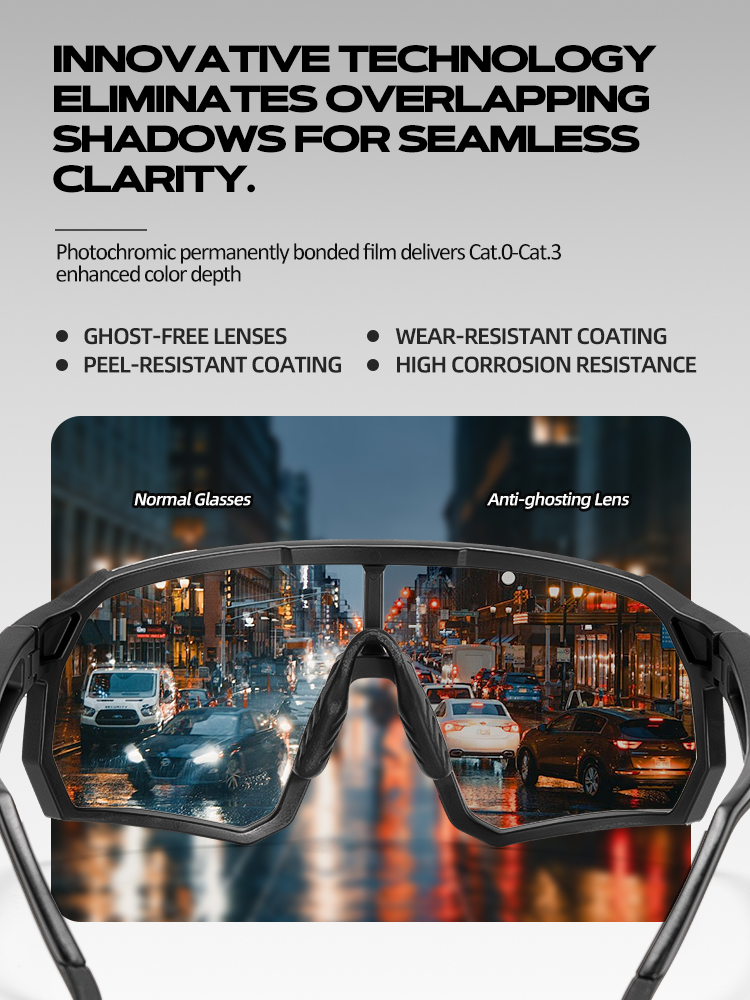
“Usar isso é como ativar o 'modo antivibração HD' para o mundo.”
— Ciclista Profissional
Tendências futuras
Integração Inteligente e Inovação
A tecnologia fotocrômica está se fundindo com telas de realidade aumentada e monitoramento de saúde. Embora os óculos inteligentes Ray-Ban da Meta ainda não integrem lentes fotocrômicas, seus sistemas de câmera e IA sugerem futuros híbridos de "mudança de tonalidade + sobreposição de realidade aumentada".
Avanços como algoritmos fotocrômicos adaptativos (que ajustam a tonalidade com base na intensidade da luz e na velocidade do movimento) podem redefinir os óculos de última geração.



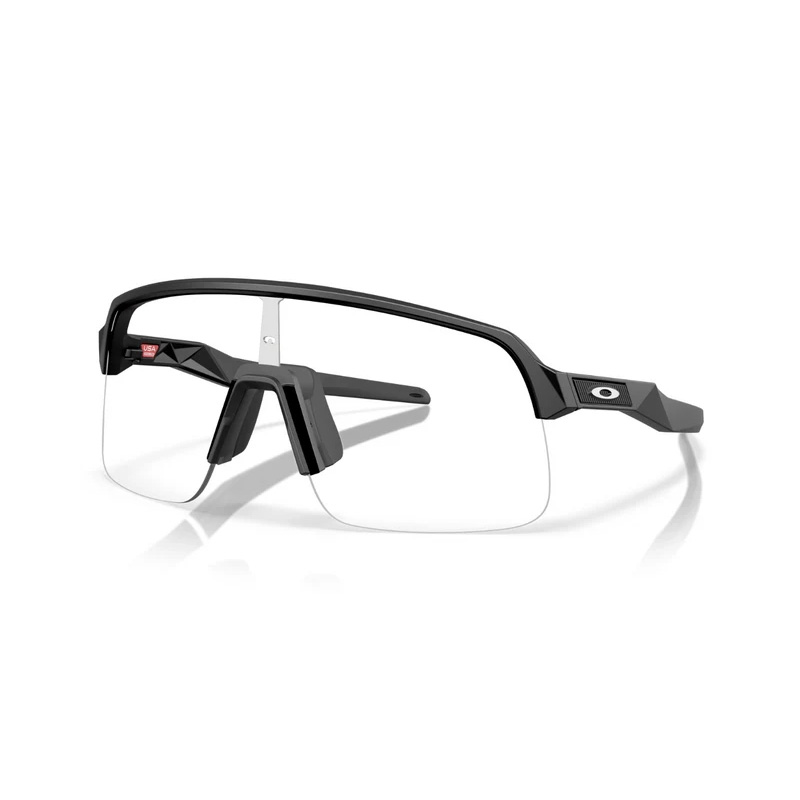
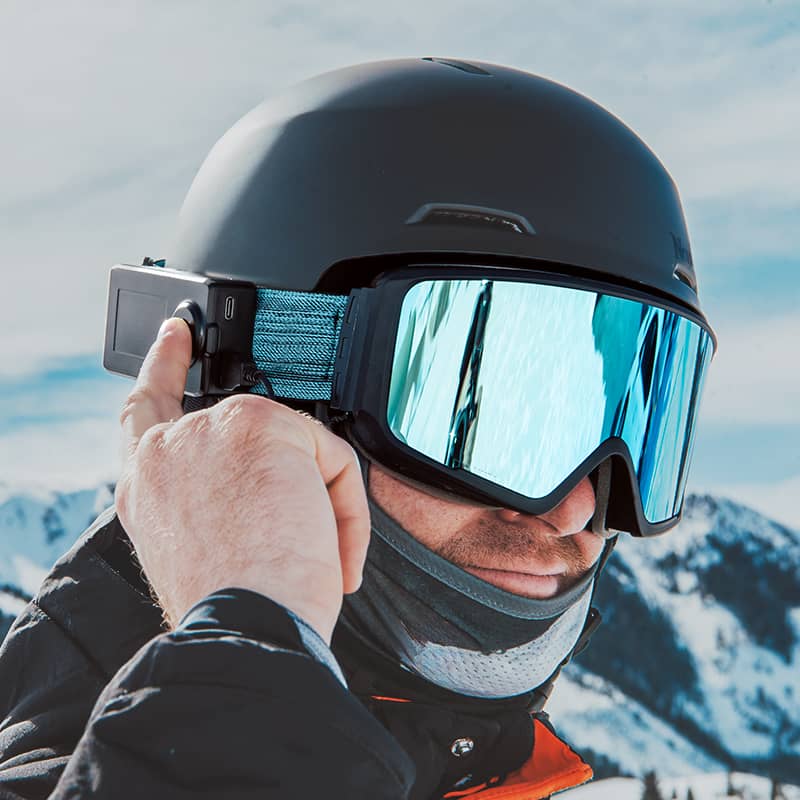
25年-香港展邀请函(横屏-英文版)-1024x358.jpg)
